Adding clarity to lameness diagnostics
Giorgio Ricardi of Donnington Grove Equine Vets reveals how data-driven gait analysis enhances clinical decisions in complex lameness cases.

We recently welcomed Joop Loomans, DVM, PhD, MBA to Stockholm to share his reflections on the business of equine veterinary practices. With decades of experience working in equine practice and consulting for practices worldwide, he has seen firsthand the evolving challenges and opportunities in the field. Here are Joop's thoughts on making the most of Sleip from a business perspective.

The equine veterinary landscape is changing, driven by advancements in technology and a growing emphasis on individualized, preventative care. Among these innovations, the Sleip app has made objective gait analysis more accessible for everyday use. With adoption in over 50 countries, it is emerging as a valuable tool for equine vets, helping practices expand their offerings, enhance diagnostics, and find new ways to generate revenue. Here’s how Sleip can create commercial opportunities for equine veterinary practices.
Introducing new technology can be challenging. There’s often resistance, not because vets fail to see the benefits, but due to the cognitive bias known as "Rosy Retrospection," where people perceive the past more favourably than the present. Change brings short-term disruptions, like altering established workflows or learning new skills, which can seem daunting compared to the perceived stability of current practices. However, history has shown that embracing innovation—whether ultrasound, digital radiography, MRI, CT, or now, objective gait analysis technology—elevates veterinary care standards and keeps practices competitive.
Sleip isn't just a diagnostic tool—it’s an opportunity to rethink how practices operate and increase billable hours. By incorporating objective gait analysis into routine diagnostics, and expanding services within telemedicine, remote monitoring, and wellness programs, vets can make data-driven decisions while also offering clients more transparency and more support. At the same time, the app’s flexibility in use allows clinics to charge for services in various ways, from individual assessments to bundled wellness plans. Below are a few scenarios.
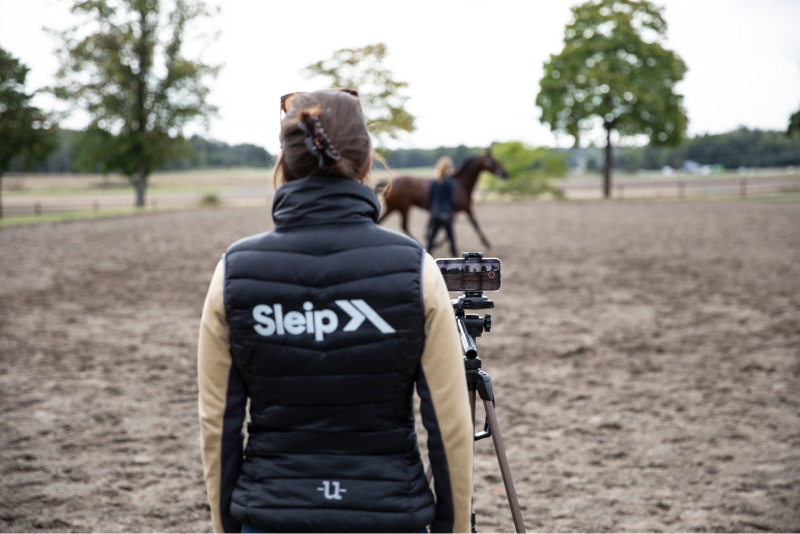
Sleip allows veterinarians to detect subtle gait changes that may not be visible to the naked eye, providing objective, quantifiable data to support clinical observations. This data can be used to document findings, giving vets a more robust basis for diagnosis and treatment. But introducing a new tool like the Sleip app in your practice routine only makes sense if you believe it adds value.
Fee considerations
The use of the app can be listed as a line item on your invoice, like a clinical exam, radiograph, or nerve block. Charge per use—whether for the initial exam, after a nerve block, or following treatment—or include it in the overall exam fee.
Fees charged by practices currently using Sleip in routine diagnostics range from 25-80 euros.
The app’s functionality makes remote consultations possible by enabling veterinarians to invite horse owners to record through the app. The analysis videos and data are automatically sent to the vet. This approach can be useful for initial assessments, ongoing rehabilitation, or follow-ups after treatments. It’s an efficient way to maintain client engagement without requiring a physical visit.
For instance, horse owners could get the option to use Sleip for recording their horse and sending videos and data to their veterinarian if they believe their horse is lame or not performing well and they need the opinion of the veterinarian. This is a big help in triaging cases from a distance:
If the horse is currently under treatment, horse owners could get the option to record with Sleip for a remote follow-up. Similarly, for horses in wellness programs, a remote Sleip analysis could be integrated with a routine monthly remote checkup.
Fee considerations:
Equine veterinarians are used to receiving emails or WhatsApp messages containing radiographs or videos of horses with owners’ questions. It happens 24/7. How you respond to this depends on your practice policy, but very often there is no practice policy and veterinarians feel obliged to always respond, while finding it difficult to charge for the service.
Channelling these requests through the Sleip app provides a more structured platform for charging while increasing the quality of the documentation.
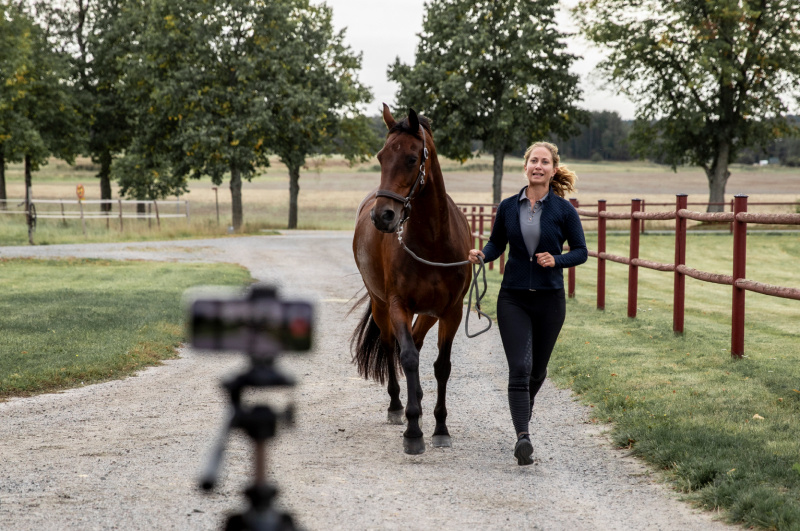
Wellness programs can incorporate regular gait evaluations as part of a comprehensive package of preventive care services. By offering Sleip assessments on a routine basis, vets can catch potential issues early on and establish a history of the horse's locomotion over time.
This creates a good bond between the owner and the veterinarian, is good for equine welfare, and helps equine vets regulate (up to a certain extent) the busy and slow season. Inviting horse owners to record through Sleip at regular intervals also provides an interesting and reliable log of the horse's locomotion.
Fee considerations:
Clinics can offer wellness programs as subscriptions. Regular Sleip assessments can be bundled in existing wellness packages alongside routine dental care, vaccinations, deworming, etc.
It is also possible to offer subscription-based plans in which clients record through the Sleip app remotely and receive a specified number of remote gait assessments per year, providing peace of mind and ongoing oversight.
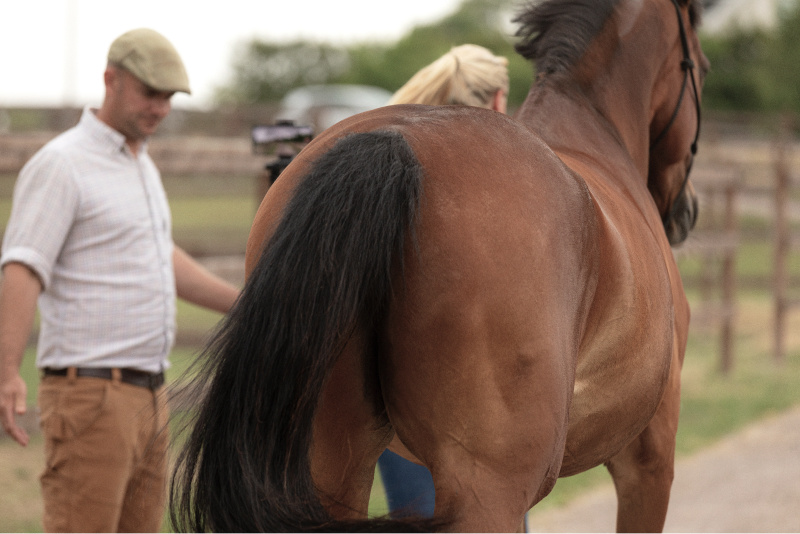
Objective data can be a powerful tool when discussing cases with colleagues or involving other equine professionals such as farriers and physiotherapists. Sleip’s data-sharing capabilities make it easier to collaborate on cases, whether for second opinions or referrals. This is especially useful for young vets. The documentation, analysis videos and data, have also proved valuable in education connected to lameness assessments.
When used this way, the Sleip app can be considered an educational investment and a communication tool. The videos and data are frequently used for case presentations at conferences.
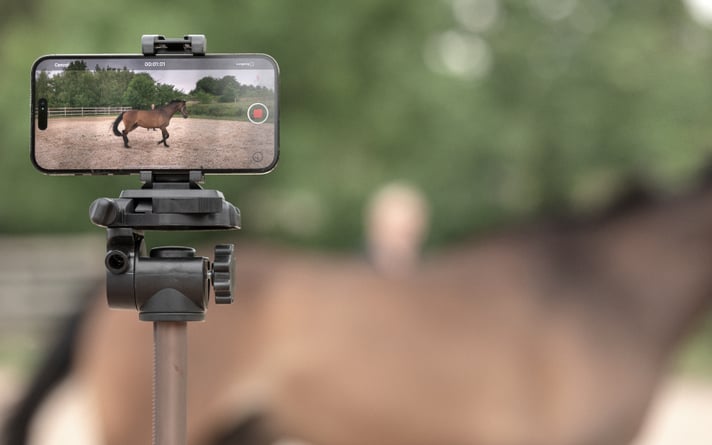
To ensure that Sleip adds financial value to the practice, clinics can consider different approaches to pricing:
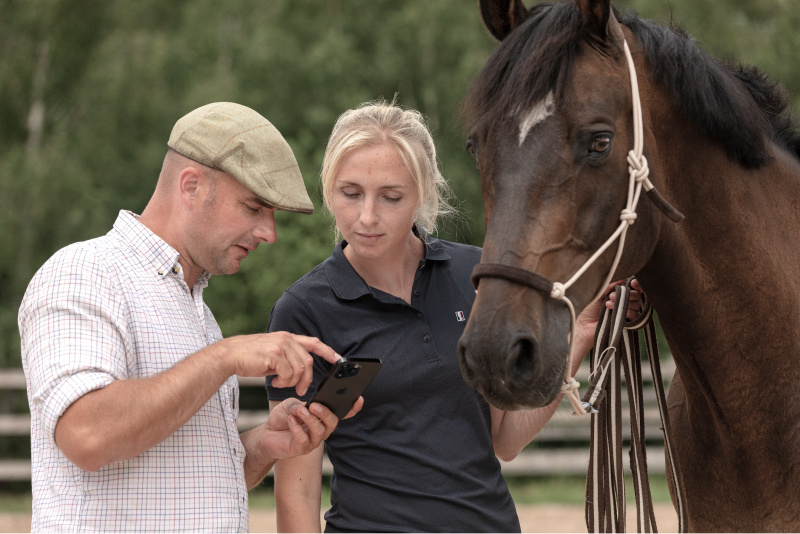
While Sleip represents a shift in how equine lameness is assessed, it’s not just about using a new tool—it’s about seizing an opportunity to grow. Objective gait analysis offers equine veterinarians a path to provide more precise diagnostics, better client engagement, and diversified revenue streams. As more practices worldwide adopt Sleip, incorporating this technology can help position clinics at the forefront of equine health management while meeting the rising demand for data-informed care and transparency.
Introducing Sleip comes with expenses such as the time you invest in learning to work with it, the time you spend using it in practice, and the time needed to explain the findings to your customers and add the outcome to your patient files. There is also financial investment in subscription fees and equipment (unless you already have iPhones). However, compared to sensor-based systems or diagnostic imaging modalities, for example, the investment is relatively low.
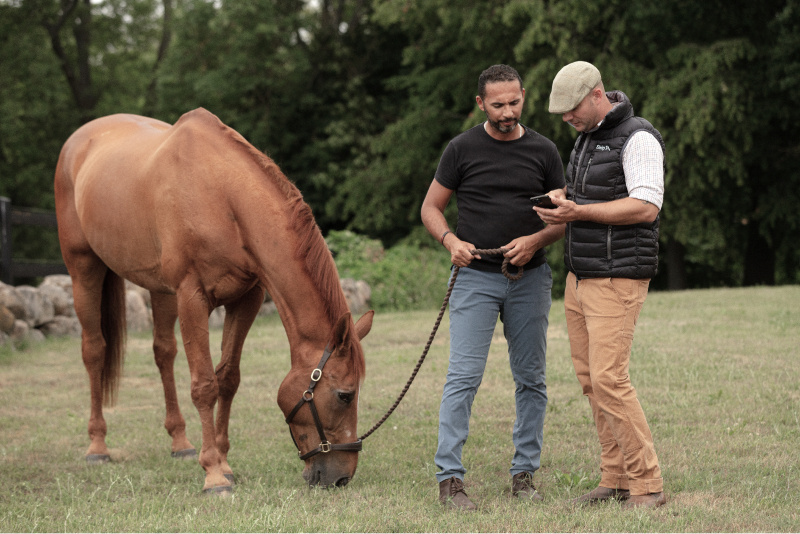
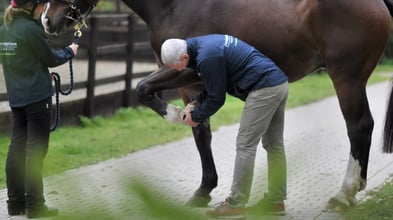
Giorgio Ricardi of Donnington Grove Equine Vets reveals how data-driven gait analysis enhances clinical decisions in complex lameness cases.
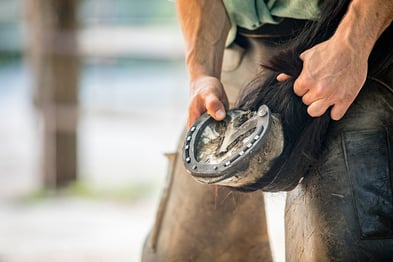
We sat down with UK Master Farrier Marc Jerram, who blends traditional skill with modern gait analysis to spot issues early and collaborate with vets on targeted solutions.

At Horsedoc in Denmark, founder Peter Hjuler hosted a lameness webinar with remote orthopaedic check-ups. The results revealed just how often early lameness goes unnoticed — and why detection matters.